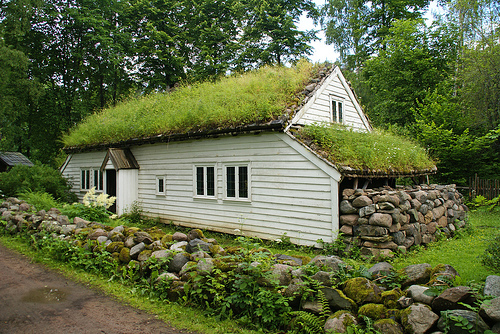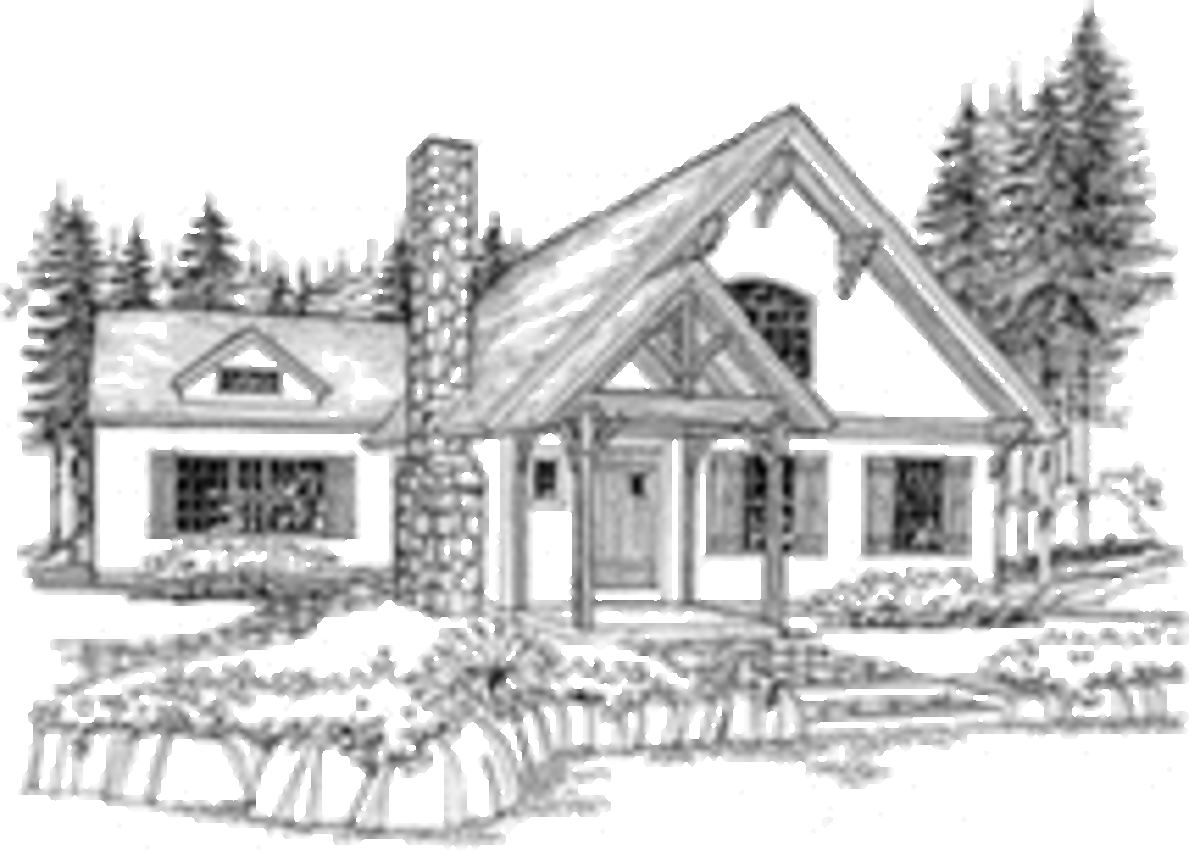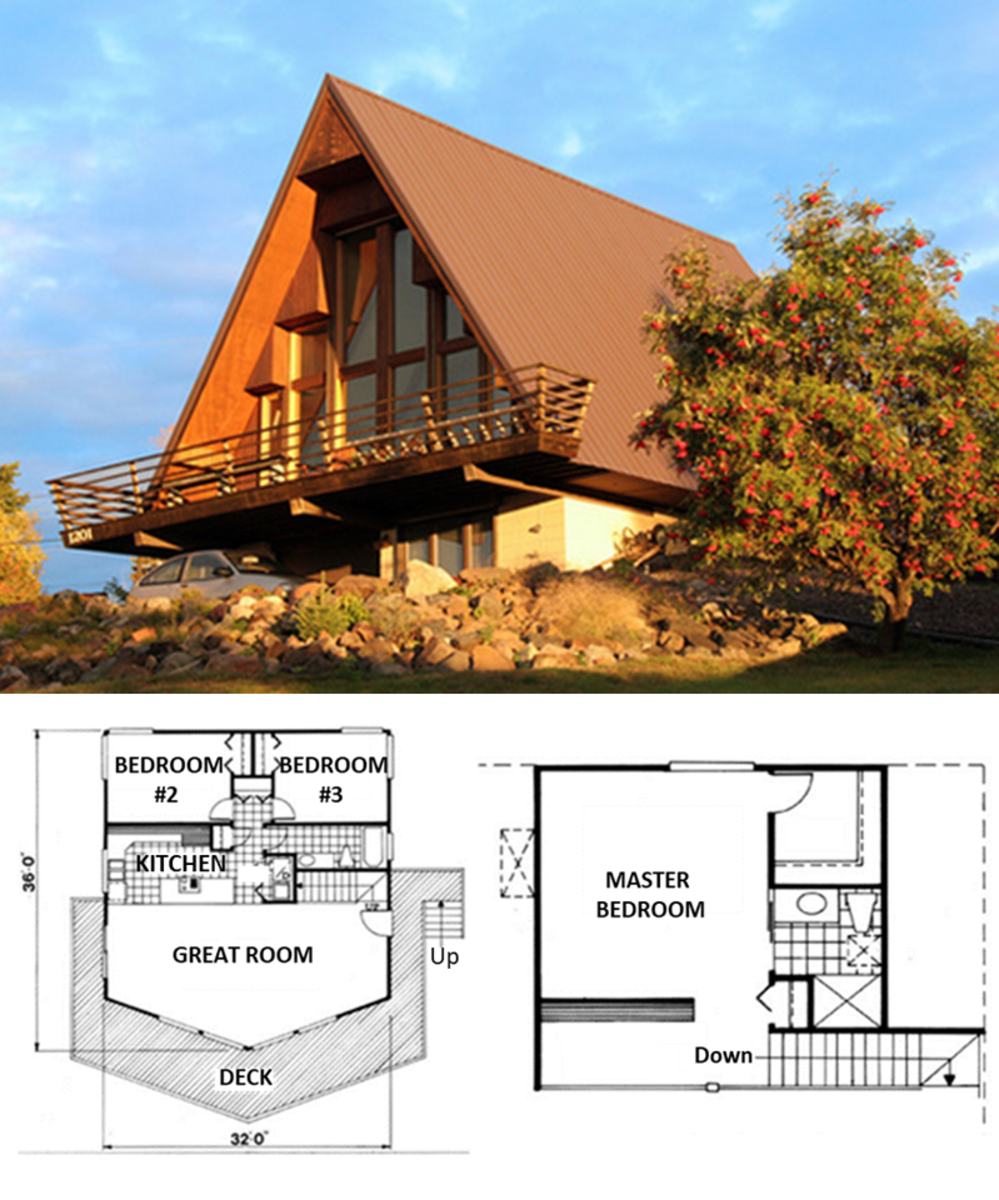History of Alternative Home Building

There is a trend right now to use “alternative” materials to build homes that are eco-friendly and sustainable. The funny thing about this so-called “alternative” home building trend is that this type of building was the predominant form of home building throughout the course of history. It was only with the advent of industrialization that life changed so drastically as to turn away from natural building and towards methods which were destructive to the earth.
It has taken us only a scant hundred years to significantly deplete the natural resources that we’d relied on for centuries before. Luckily, we have started to realize the error of our ways and have begun looking at building methods which are ecologically sound and environmentally friendly. Unfortunately, because these methods are just gaining in popularity again, they are called “alternative”. But the truth is that they date back to years before modern building practices. Hopefully, this “alternative” label can soon be eradicated and we’ll go back to having these methods be “just the way that we build” as they were for so many years in the past.
But let’s take a look at the history of that development:
Prior to industrialization, homes were built using local materials indigenous to the area around them. Native Americans made use of mud, straw and other materials of the earth to construct their homes. They had no experience with modern heating and cooling systems and so developed natural ways of building in order to maximize the natural heating and cooling properties of the home.
As time went on, we became better and better at building in a quicker manner. As a result, our natural resources started to run dry. For example, wood for building homes began to run low in Europe. This was a major part of the movement to America which had a seemingly endless supply of forests terrific for harvesting. With use of power came new equipment which allowed for faster harvesting and more importing/exporting. The more efficient we got at industry, the quicker we depleted these resources.
In the 1930’s, building began regularly to incorporate the kind of technology that we recognize today as being harmful to the environment. Air conditioning and electric heating systems were introduced in to the home. Experimentation began with fluorescent lighting. New construction opportunities presented themselves as builders explored the use of such materials as glass and steel. This offered a kind of freedom to designers that they had never before experienced. They were no longer limited to building in a way that took the natural surrounding environment into consideration. Instead, they could create structures with any design they wanted, using climate control options for making the homes comfortable despite the inefficiency of the design.
This kind of building would be essentially the only kind of building that the United States would see taking place over the course of the next forty years. It remains the primary form of building today. We build for convenience and comfort without regard to the effect of that building on the environment around us. But slowly, this is beginning to change. That change started occurring as the result of activism by small groups in the 1970’s. At this time, there was a movement launched towards conscious awareness of the negative effect that our daily practices were having on the environment around us.
Books like Silent Spring were published and got the attention of people during this time and a few forward-thinking builders and designers started wondering what options there were to build homes without damaging the earth. Major names leading the movement at this time were Victor Olgway, author of Design with Climate, and Ralph Knowles, author of Form and Stability. These books helped to gain some attention for this issue. Additionally, several important organizations were formed during this decade which assisted the new movement. These included an energy task force at the American Institute of Architects, the solar Energy Research Institute in Colorado, and The Department of Energy within the national government.
In the 1980’s, there was a regression in attention to environmental causes. Some people did continue to develop green building practices. In 1980, the Sustainable Building Industry Council was formed. In 1987, the UN World Commission on the Environment and Development began discussing sustainability. However, most of this decade saw the attention of the mainstream community being placed elsewhere and focus on environmental building and other environmental concerns was low.
Luckily this changed in the 1990’s. With the end of the millennium approaching, more and more people began to notice that we needed to make changes to the way that we live if we wanted to continue thriving for another millennium. Green issues began to come into the spotlight of the media, allowing for further research into green building to get support from the wider community. A major attention-getter for the industry came in 1993 when President Clinton announced plans for greening the White House to make it more efficient. It was during this time that more and more people started celebrating Earth Day and wondering what they could do in their own lives to engage in positive practices that help the Earth. “Alternative home building” began to develop. People started experimenting with the various options for using materials and methods that are earth-friendly to construct homes that are energy-efficient.
At the turn of the century, these practices continued. Green building became something which was of interest to enough people that it could be an important marketing tool for businesses. Governments began supporting the movement with green building standards. And throughout this time, forward-thinking individuals were continuing to expand the opportunities for alternative home building through a trial-and-error effort of finding good ways to build efficient homes with natural or recycled materials. We’re continuing to see emphasis on this type of building today especially as the national government begins to make strong efforts to encourage the development of renewable resources as a primary source of energy.






